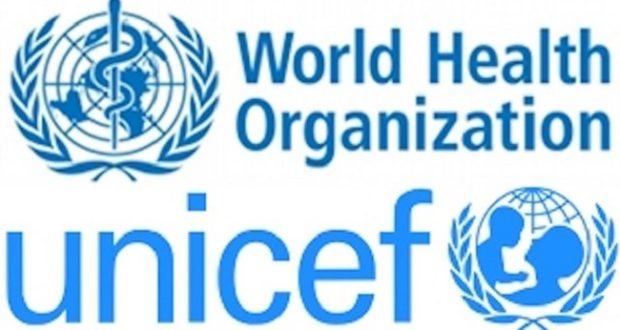By Haruna Gimba
Half of healthcare facilities worldwide lack basic hygiene services with water and soap or alcohol-based hand rub where patients receive care and at toilets in these facilities, according to the latest Joint Monitoring Programme (JMP) report by WHO and UNICEF.
Around 3.85 billion people use these facilities, putting them at greater risk of infection, including 688 million people who receive care at facilities with no hygiene services at all.
“Hygiene facilities and practices in health care settings are non-negotiable. Their improvement is essential to pandemic recovery, prevention and preparedness.
“Hygiene in health care facilities cannot be secured without increasing investments in basic measures, which include safe water, clean toilets, and safely managed health care waste,” said Dr Maria Neira, WHO Director, Department of Environment, Climate Change and Health.
“I encourage Member States to step up their efforts to implement their 2019 World Health Assembly commitment to strengthen water, sanitation and hygiene (WASH) services in health care facilities, and to monitor these efforts.”
The latest report, “Progress on WASH in health care facilities 2000–2021: special focus on WASH and infection prevention and control,” has for the first time established this global baseline on hygiene services – which assessed access at points of care as well as toilets – as more countries than ever report on critical elements of WASH services in their hospitals and other health centres.
For hygiene, data are now available for 40 countries, representing 35 per cent of the world’s population, up from 21 countries in 2020 and 14 in 2019.
The newly established global estimate reveals a clearer and more alarming picture of the state of hygiene in health care facilities. Though 68% of health care facilities had hygiene facilities at points of care, and 65% had handwashing facilities with water and soap at toilets, only 51% had both and therefore met the criteria for basic hygiene services. Furthermore, 1 in 11 (9%) of health care facilities globally have neither.
“If health care providers don’t have access to a hygiene service, patients don’t have a health care facility,” said Kelly Ann Naylor, UNICEF Director of WASH and Climate, Environment, Energy, and Disaster Risk Reduction (CEED).
“Hospitals and clinics without safe water and basic hygiene and sanitation services are a potential death trap for pregnant mothers, newborns, and children. Every year, around 670 000 newborns lose their lives to sepsis. This is a travesty – even more so as their deaths are preventable.”
The report notes that contaminated hands and environments play a significant role in pathogen transmission in health care facilities and the spread of antimicrobial resistance.
Interventions to increase access to handwashing with water and soap and environmental cleaning form the cornerstone of infection prevention and control programmes and are crucial to providing quality care, particularly for safe childbirth.
The report is being launched at World Water Week taking place in Stockholm, Sweden. The annual conference, which runs from August 23 to September 1, explores new ways to tackle humanity’s greatest challenges: from food security and health to agriculture, technology, biodiversity and climate.




